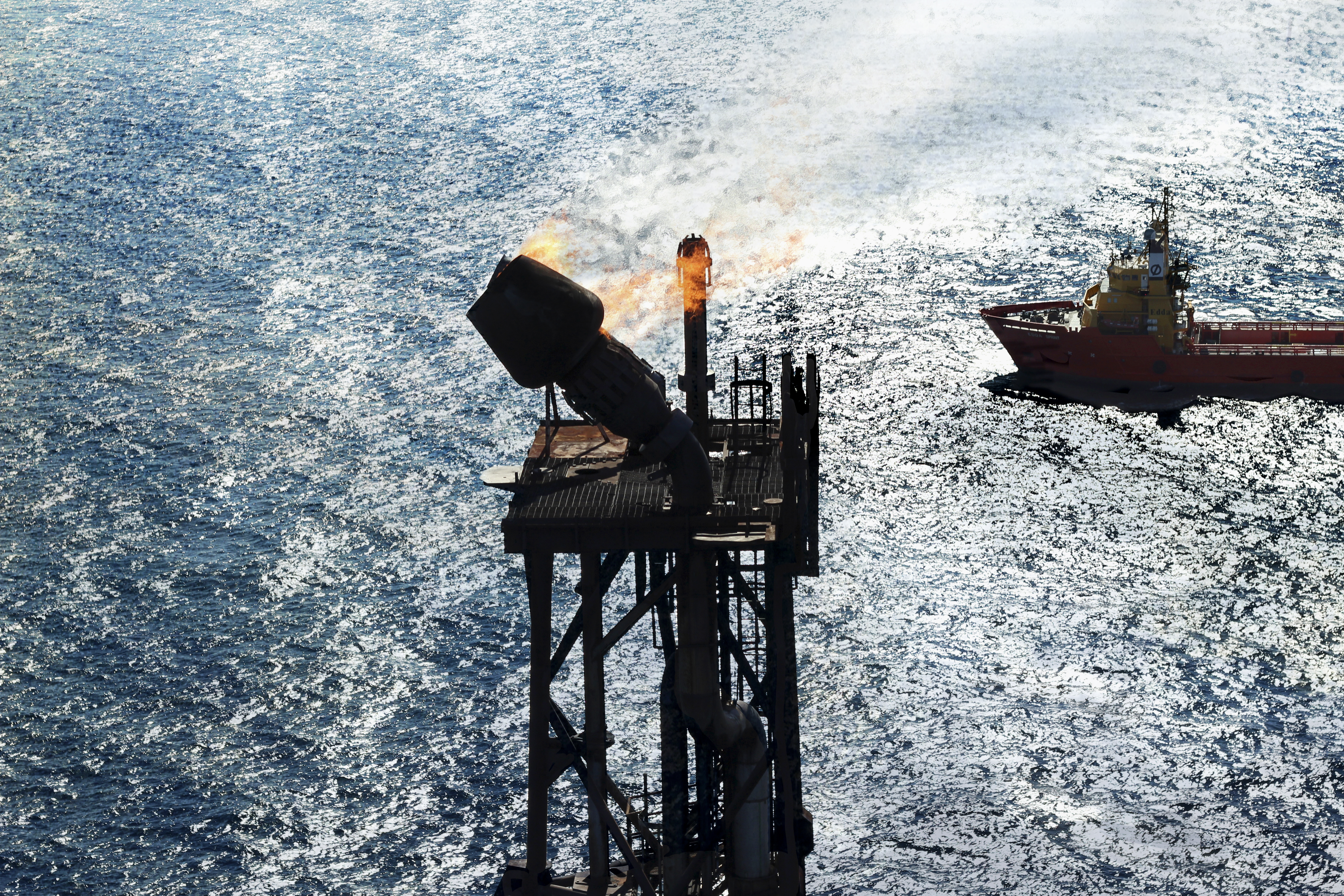Inspection using drone technology
The way to inspect inaccessible areas indoor and outdoor – both offshore and onshore.
An increasing number of companies today are using drone technology for visual inspection, as it is a cost-conscious and effective way to inspect at heights and inaccessible areas.
The advantages of drone technology
The use of drones offers advantages such as:- Quick overview and evaluation of the condition
- Sharp and detailed photographs of defects
- Preventive maintenance planning and optimised production
- Access to hard to reach areas
- Reduced downtime
- High level of safety.
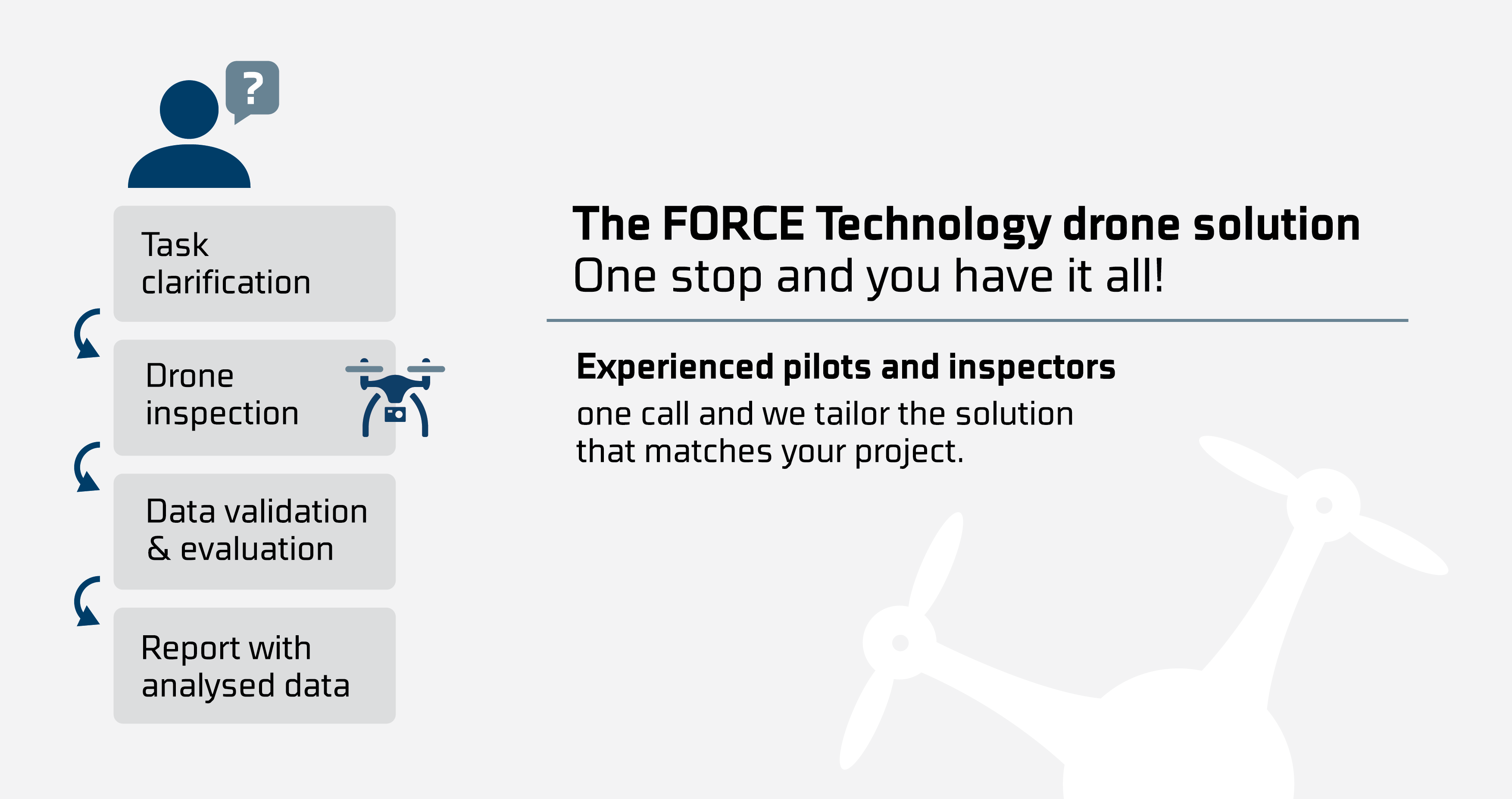
Typically, we recommend drone inspection for the following three categories:
1. Offshore constructions
The offshore environment is often regarded as tough and demanding, where it is vital to keep faults as well as loss of production at both the installation and the inspection equipment to a minimum.One example of an assignment containing these elements is a flare inspection on an oil-gas platform, where the flare is still active. Here the drones collect picture- or thermographic data of the flare’s condition, while production continues unaffected.
The data collection takes place in a turbulent and flame-filled environment, whilst the drone pilot, inspector and employees are at a safe distance from the inspection area and therefore out of the risk zone.
2. Onshore constructions
Normally drones are restricted to flying at an altitude of 100 meters. FORCE Technology is authorised to carry out inspections higher than 100 meters.An example is the inspection of a 225 meter chimney and masts at a power station, refinery or hydro power plant. Another area clearly suitable for drone inspection are bridges, irrespective of their being on land, connecting islands or spanning divisions in a landscape.
Additionally, drones are delivering good results with the increasingly taller wind turbines. In particular, leading edges, lightning receptors and nacelles are subjects for inspection. Here the drone collects high resolution pictures of possible defects, making it possible to plan repair work in detail as the data collected will help avoid unpleasant surprises during the maintenance period.
3. Confined spaces
Confined spaces such as boilers at power plants, storage tanks for fuel etc. are a relatively new addition to the drone inspection area, but are gradually becoming more commonplace. Here visual inspections are advantageous if it is too expensive or time consuming to set up a scaffold, or too hazardous for physical inspection.There are though considerable challenges when using drones in confined spaces, these include lack of proper light condition, colour nuances, reflection of radio signals and propeller turbulence.
We meet these challenges by using powerful LED lamps, thus ensuring good picture quality with true, natural colours, as well as using specialised equipment and experienced pilots who can predict areas with high risk of turbulence.
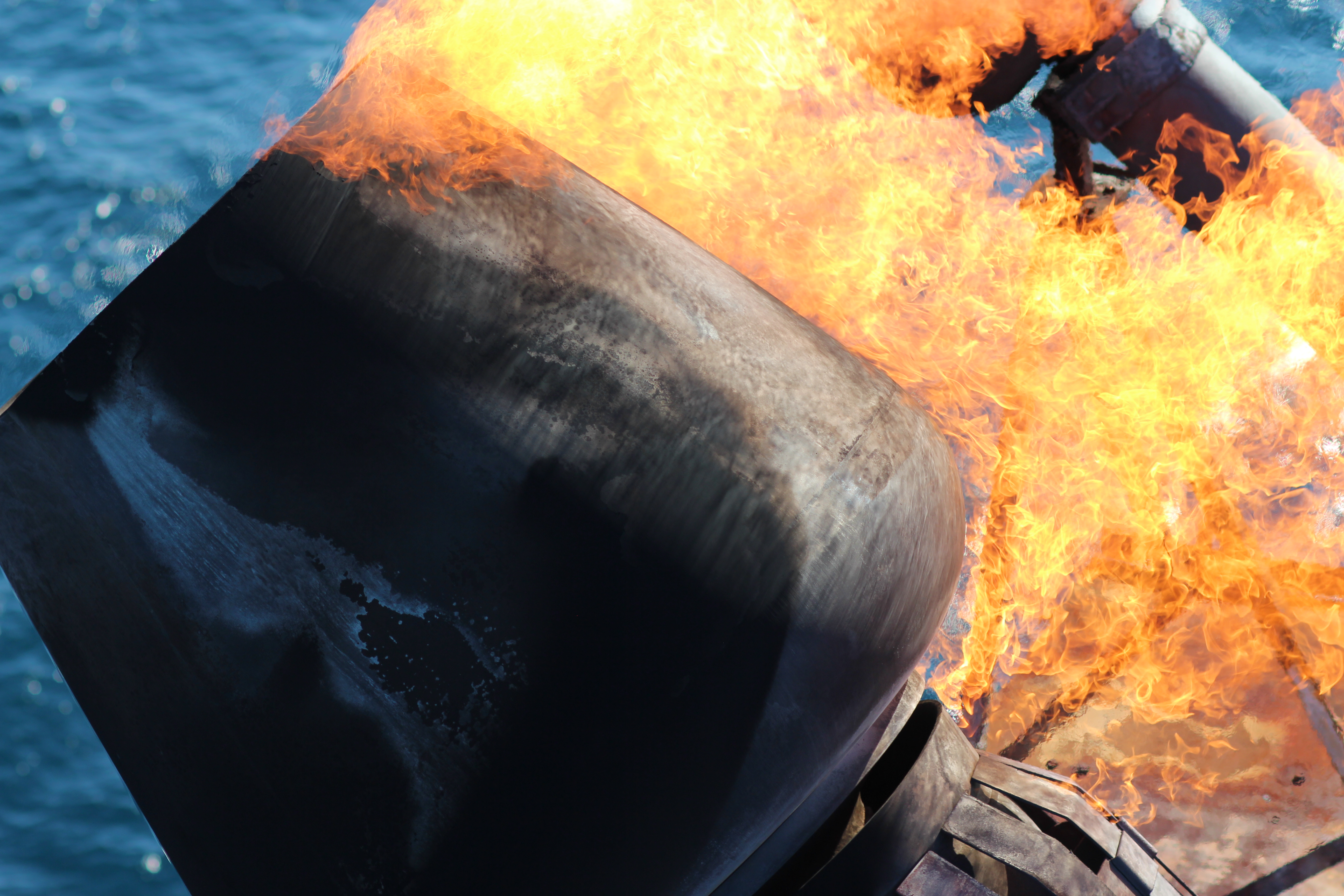
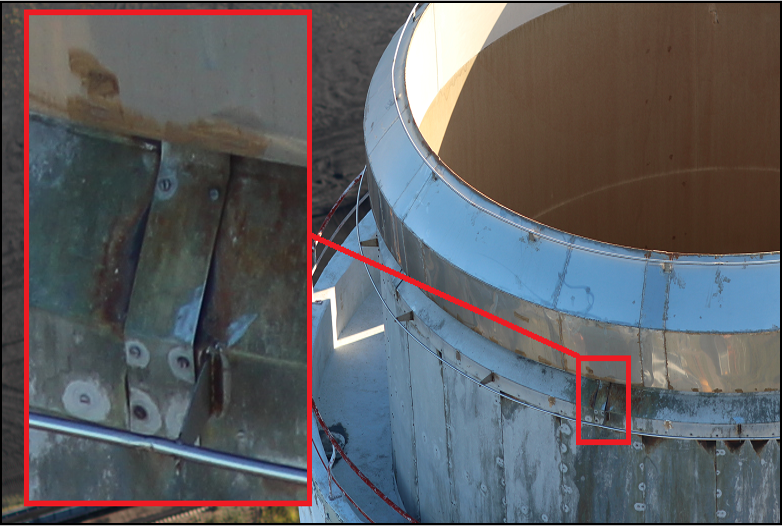
The technical possibilities
Today there are both simple drones which can record video or take still images, and advanced drones, to which all types of data collecting equipment can be attached.It is especially relevant to choose the advanced drones when measuring flue gas emissions, or inspecting wind turbines, where a thermographic camera can detect delaminating, that is to say the internal composite layers separating beneath the surface of the wing.
We have in recent years also used the thermographic camera to inspect house roofs, electrical and production installations, facilitating the detection of heat related faults or defects.
Only experts ought to analyse data
The drone inspection itself is normally quickly finished. Most of the work lies in the analysis of the data collected, and the pictures from the drones. It is essential here to enlist relevant experts in analysis to obtain the full value from a drone inspection.Someone lacking the necessary qualified experience may overlook a critical defect or fault, possibly with fatal consequences. For instance, an inspection concerning a steel construction requires an expert metallurgist to analyse and interpret the collected data.
An inspection report is produced, based on the analysis of this data, and is usually divided into categories of red, yellow and green priority according to the seriousness of the damage. This report can if needed include a service plan, with recommendations to cost-effective improvements.
Drones for almost everything
As explained in this article, it is especially offshore, onshore and increasingly within confined spaces, for which drone inspection is the first choice. Though, we will always together with the client clarify if the drone inspection is the correct choice according to the nature of the problem and the data required.Accepting that an extensive and important part of a drone inspection is the analysis of the collected data and picture material, one must be able to ensure that the person conducting the analysis is an expert in this field.
The client should therefore require references from both the drone inspector and the data analyst.
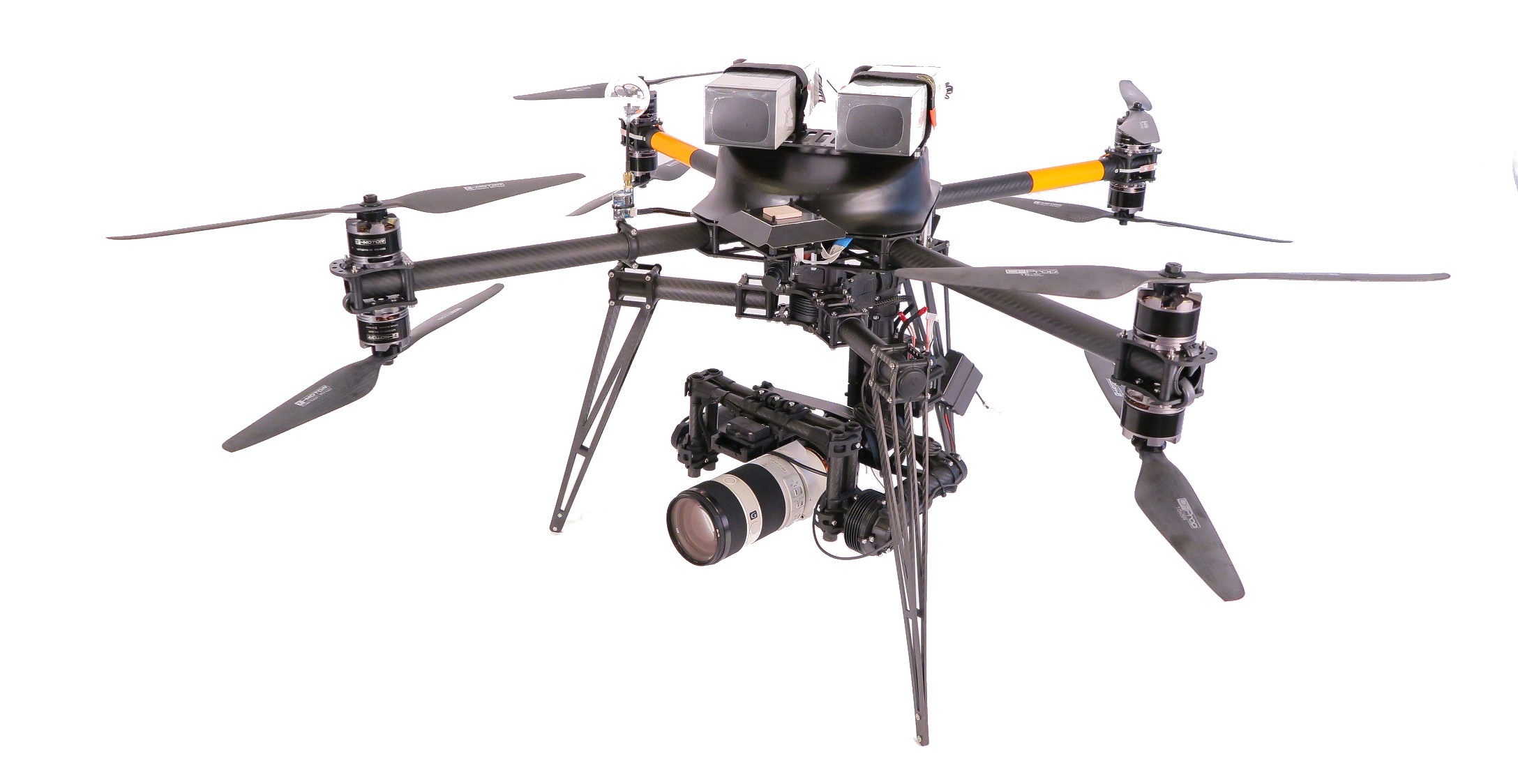
FORCE Technology's octocopter drone

